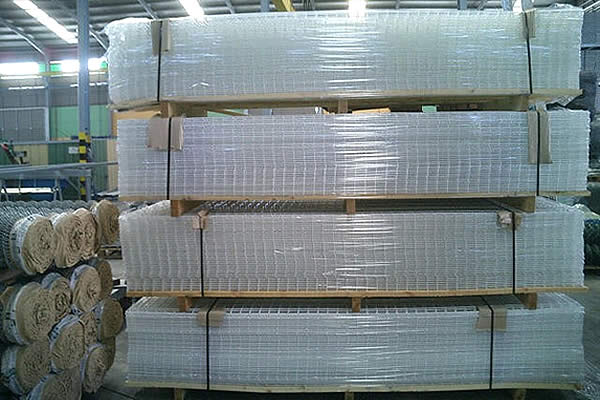 TEL:
+86-13102802206
TEL:
+86-13102802206
 Email:
fencenetting@china.com
Email:
fencenetting@china.com
 Language
Language
 TEL:
+86-13102802206
TEL:
+86-13102802206
 Email:
fencenetting@china.com
Email:
fencenetting@china.com
 Language
Language


Replacing Insect Screen Mesh A Step-by-Step Guide
Insect screens are an essential component of many homes, providing a barrier against annoying pests while allowing fresh air to flow freely. Over time, however, these screens can become damaged or worn out, requiring replacement. If you're considering replacing your insect screen mesh, follow this comprehensive guide to ensure a successful DIY project.
Understanding Insect Screen Mesh
Insect screen mesh is typically made from materials like fiberglass, aluminum, or polyester, and comes in various mesh sizes and strengths. The choice of mesh impacts not only the durability but also the level of airflow and visibility. When selecting a new screen mesh, consider factors such as the types of insects in your area and the specific environment in which the screen will be used.
Tools and Materials Needed
Before starting your project, gather the following tools and materials
1. New insect screen mesh (choose the appropriate size and material) 2. Screen frame (if the old one is damaged, you may need to replace it) 3. Utility knife or scissors 4. Screen spline (the material used to hold the mesh in place) 5. Spline roller (for pressing the spline into place) 6. Measuring tape 7. Pliers (for removing old spline) 8. Staple gun (if using a wooden frame)
Step-by-Step Replacement Process
1. Remove the Old Screen Carefully take off the screen frame from the window or door. Use pliers to remove any old spline, and then take out the damaged mesh.
2. Measure the Frame Measure the dimensions of your screen frame to ensure the new mesh fits. It’s advisable to add an extra inch to each side for a better fit.

3. Cut the New Mesh Roll out the new insect screen mesh and cut it according to your measurements, ensuring you have the extra margin for attachment.
4. Attach the New Mesh Lay the screen material over the frame, ensuring it’s taut and covers the entire frame area.
5. Secure the Mesh Place the spline on top of the mesh and press it into the frame groove. Using the spline roller, push the spline into the groove firmly, which will keep the mesh tight.
6. Trim Excess Material Use a utility knife or scissors to trim off the excess mesh, being careful not to cut into the spline.
7. Reinstall the Screen Frame Attach the newly repaired screen frame back to its location in your window or door. Ensure it fits securely and operates smoothly.
Maintenance Tips
To extend the lifespan of your insect screen mesh, consider the following maintenance tips
- Regular Cleaning Dust and debris can accumulate on your screens, hindering airflow. Clean them regularly with mild soap and water. - Inspections Periodically check for signs of wear and tear post-installation, such as holes or sagging mesh.
Conclusion
Replacing insect screen mesh is a straightforward task that can enhance your home’s comfort and protect it from pesky insects. By following the steps outlined above, you’ll ensure a proper fit and durability for your screens. If you encounter any challenges during the process, don't hesitate to consult online resources or seek professional assistance. With a little effort, you can enjoy bug-free summer evenings for years to come!